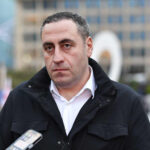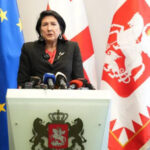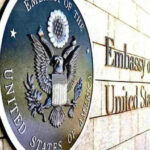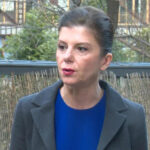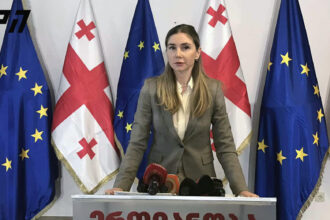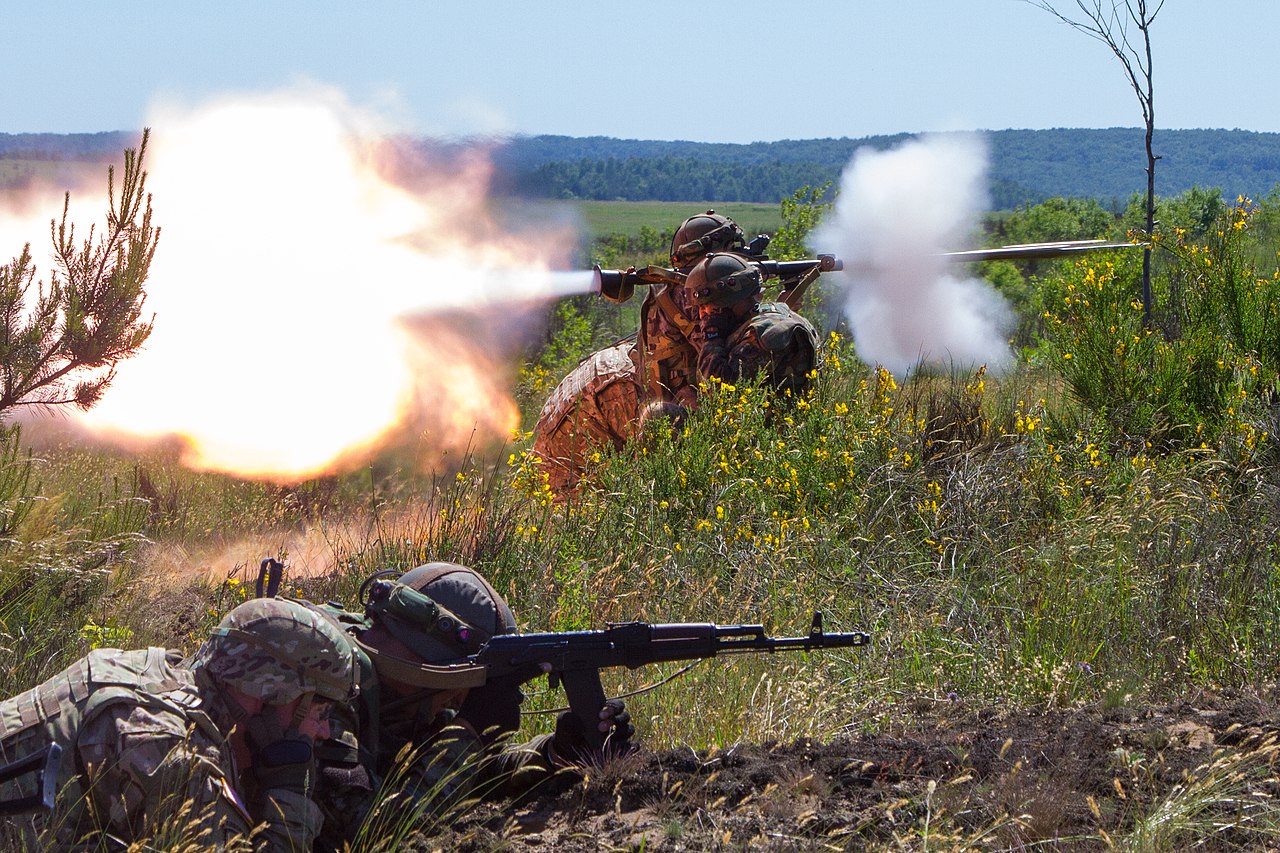Today, there are many updates coming from the Kursk direction.
In a pivotal turn, Ukrainian forces stopped a major Russian effort to encircle its troops in the Kursk area, but faced the dilemma of launching an extremely risky pincer attack on Novoivanovka. Both sides are racing to beat the weather as the battle intensifies. This will have an impact on the wider operations in this volatile region.
As previously analyzed by the Russians, they have recently advanced deeper into the main Ukrainian salient within Kursk Oblast. They attempted to push forward from the lowlands around Snagost towards Liubimovka with the aim of reaching Malaya Loknya, and cutting off Ukrainian forces positioned in the north, near Korenevo. This effort was ultimately unsuccessful.
Looking at the topographic map we can see why this attempt failed. Ukrainian forces strategically allowed Russians to advance while maintaining control over the surrounding high ground. This created a “kill zone” where Russian troops were exposed by Ukrainian fire from elevated positions. This severely limited their advance and resulted in significant losses.
Recognizing the mistake they had made earlier, the Russian forces re-adjusted their strategy and this time advanced through the highlands. A paved road provided rapid access from Korenevo to the elevated terrain and minimized exposure to both sides’ fire. In a highly risky maneuver, Russian troops chose to bypass the initial Ukrainian positions, without engaging in combat, and drove deep into the salient. The gamble paid off in part, as they managed to capture several settlements despite losing half their armor and personnel on the road. A swift Ukrainian counterattack quickly retook the key positions in Leonidovo, and Novoivanovka. Despite its success, the Ukrainian command chose not to fully reclaim lost territory. Instead, it took a cautious approach in order to conserve resources.
It is important to acknowledge that Korenevo, which has received a significant influx of Russian reinforcements, has emerged as a major logistical hub. Korenevo has played a crucial role in supporting the Russian forces in the region, which have increased from 30,000 to 50,000. This is due to the necessity of rerouting a large part of Russia’s logistical support in the eastern Kursk Sector through Korenevo following the destruction and pontoon crossings of the Seym River. The loss of these infrastructure points forced Russian supply lines into adaptation, making Korenevo an important node to sustain their operations.
Initially, the Ukrainian Command considered launching pincer attacks from both the north and south to encircle the Zelenyi shlyakh and surrounding salient. Two key factors led to a rethinking of this strategy.
* Adverse weather conditions – heavy rains, strong wind, and dense fog – severely impacted Ukrainian drone operations. This neutralized a critical advantage for reconnaissance and assault support. Throughout the war, Ukrainian troops have excelled at drone warfare. They have pioneered innovations in both offensive and defensive roles, and used drones for reconnaissance, as well as an integral component of assault operations and infantry supporting. In recent days, however, weather conditions including winds of up to 46 km/hr have made drone use impossible. This has temporarily erased Ukraine‘s aerial edge. This disruption has affected operations such as the planned encirclement around Zelenyi shlyakh and the surrounding salient. The Ukrainian command was forced to adapt to a changing tactical landscape.
* From a tactic standpoint, an offensive from the northern pincer could expose Ukrainian forces to possible counterattacks on the Korenevo Road. This highway provides the Russians with a rapid deployment route that allows them to quickly reinforce their positions. The poor weather had hampered Ukrainian reconnaissance capabilities, increasing the risk of a surprise Russian attack on any Ukrainian units trying to encircle a settlement.
In light of the risks, the Ukrainian command chose a more cautious strategy. Instead of exposing themselves, they chose to drive Russian forces out of Novoivanovka by launching a direct frontal assault while establishing a defense line, which was anchored by nearby villages, ensuring that the advance would be more secure and controlled.
Recent geolocated videos have shown Ukrainian paratroopers of the 95th Separate Assault Brigade carrying out operations in the area. They are primarily targeting infantry units from Russia’s 155th Naval Infantry Brigade. The footage shows the precision and effectiveness displayed by the Ukrainian forces during an ambush of a Russian infantry fighting vehicles. The videos capture the fog and bad weather conditions that have been present in the area for several days. This illustrates the challenges faced by both parties. In a dark context, it is a sad fact that the paratroopers didn’t take any Russian prisoners during these counterattacks. This decision is a result of a previous incident where Russian forces executed nine Ukrainian drone operators captured by them.
It is important to stress that Ukrainian forces are not concerned with holding Russian territory no matter what. The Ukrainian command has already achieved key strategic objectives. These include diverting 50,000 Russian soldiers away from other front-line areas, and shifting the battle to Russian soil instead of the Sumy area. Now that these goals have been achieved, Ukrainian leadership focuses on maintaining the current pressure while preserving personnel and equipment, giving priority to long-term effectiveness rather than territorial gains in these areas.
The onset of bad weather is another important factor that is driving Russian counterattacks. This is because it is likely to limit battlefield maneuvers. The Russian military might be eager to drive Ukrainian forces out before these conditions arrive, as deteriorating climate could lead to a more static, positioning warfare. This would allow Ukrainian forces to consolidate their defensive positions and entrench themselves further within their main salient. This would make it harder for Russian forces in Kursk Oblast to push the Ukrainians back across the border. It could also lead to the destruction of Russian settlements as the fighting becomes more entrenched.
While Russian forces have made some gains by taking advantage of strong wind and challenging weather conditions, Ukrainian forces are adapting to the changing situation. They are carefully balancing their need to maintain pressure against Russian offensives, while preserving the combat assets and operational efficiency. The worsening weather adds a new level of complexity to the battles. It could favor Ukrainian defensive operations, slowing Russian advancements, but it can also complicate offensive maneuvers on both sides.
In our regular frontline reports, we team up with the military blog Reporting from Ukraine in order to keep you updated on what’s happening on the battlefield during the Russo Ukrainian war.
Read More @ euromaidanpress.com



